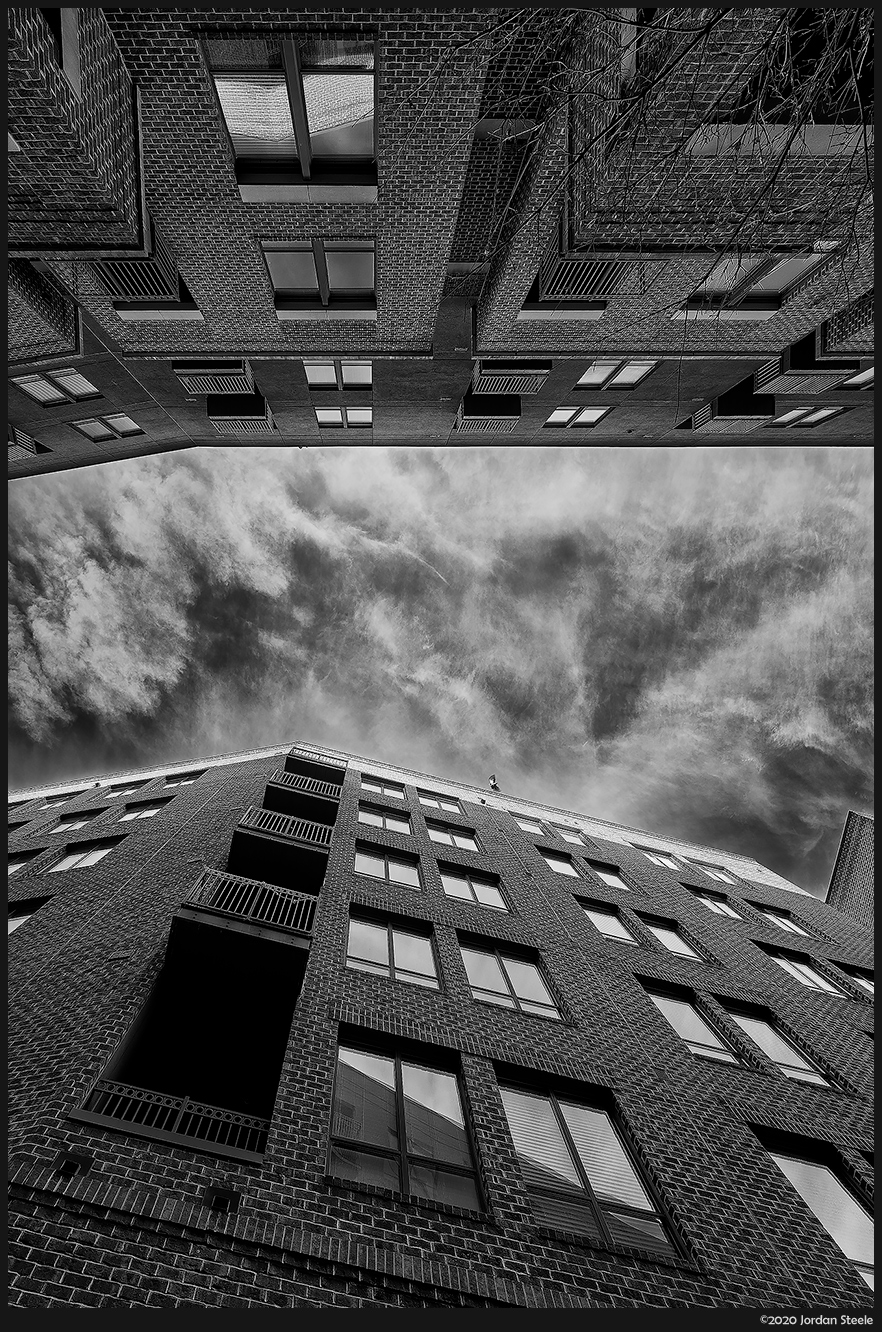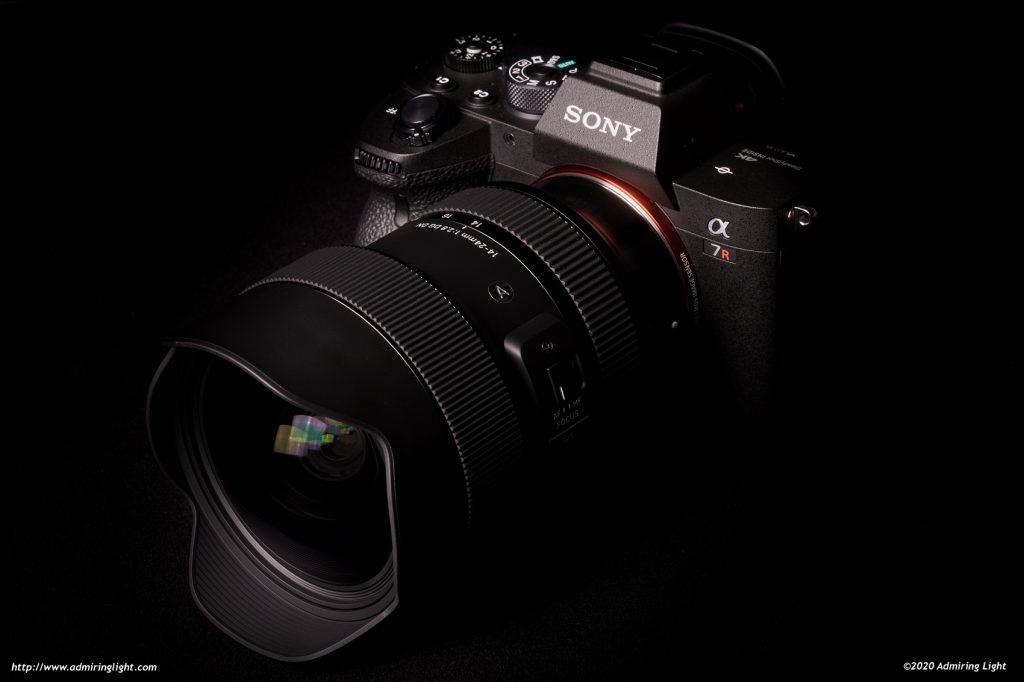Conclusion
Pros
- Excellent build quality with exceptionally smooth zoom and focus controls
- Accurate focus with quick continuous autofocus
- Compact for a 14-24mm f/2.8 lens
- Astonishing sharpness: sharp to the extreme corners throughout the focal range
- Very flat focus plane
- Outstanding color and contrast
- Extremely good control of chromatic aberration
- Excellent flare control
- Very low coma
Cons
- Fairly large and heavy in absolute terms
- Can’t take screw-in front filters
- Single shot autofocus is a bit slow
- Some barrel distortion at the wide end
- Relatively high vignetting
The Sigma 14-24mm f/2.8 DG DN is not a cheap lens at $1,399 US, but it manages to justify that cost and then some, producing some of the highest image quality I’ve ever seen at these focal lengths. Truly exceptional image sharpness, even at 14mm, with outstanding color and contrast, great flare control, virtually non-existent chromatic aberration and an outstanding build quality make this lens not only outstanding for an ultra-wide zoom lens, but outstanding for an ultra-wide prime lens. I have heard some reports of people getting sub-par copies of the lens that don’t perform as well, which happens with every lens, but on a lens that can be so good, it stands out when a sub par example is found…don’t settle for less than exceptional with this lens, though: that’s the way it should be with this optic.
As no lens is truly perfect, you can point to some barrel distortion at the wide end, and somewhat high vignetting as marks against it optically, but that’s about it. The biggest detriment to the lens is one that is the case for all 14mm and wider lenses: the lack of a front filter thread. If you don’t use front filters often, it’s not a big deal, and if you only use ND filters, the rear filter slot has you covered; but for polarizer use, you’re limited to large and expensive filter holder systems. Whether that’s worth it to you will be the big choice here.
Looking at competing lenses, the Sigma 14-24mm f/2.8 goes up against the Sony 16-35mm f/2.8 GM, the 12-24mm f/4 G and the Tamron 17-28mm f/2.8.
Compared to the Sony 12-24mm, the Sigma is a little bigger and heavier, and not quite as wide, but has that extra stop of aperture. It’s also significantly better optically, and that’s saying something considering the 12-24mm is a good lens. However, given that the Sony 12-24mm is not only $400 more expensive than the Sigma, and also can’t take screw-in filters, this is a lens that I think is only worth it if you absolutely need 12mm in your ultra-wide zoom.
The Sony 16-35mm f/2.8 GM was the gold standard for E-mount wide zooms. I haven’t personally used the 16-35mm GM, but from what I’ve seen, it’s very, very good. I’m not sure if it as good as the Sigma, though, in the overlapping range. What you do get is the ability to use 82mm screw-in filters and a significantly broader zoom range going all the way to 35mm. On the negative side, it’s not quite as wide at the wide end, and it’s a hefty $800 more expensive than the Sigma.
The really tough decision is between the Sigma and the Tamron 17-28mm. The Tamron is significantly smaller and lighter, $500 less expensive, takes reasonably sized 67mm filters and is still very good optically. For those shooting on Sony’s 24 megapixel bodies, the optical advantage of the Sigma in the shared range will be fairly small. However, on the A7R series cameras, the Sigma will show a fairly substantial improvement at the corners and edges of the frame. The Sigma is also quite a bit wider. I think the Tamron will make sense for most shooters if the more limited 17mm wide end isn’t a problem, while the Sigma will be the choice for those who want the extra width or demand the ultimate in image quality.
Because of the front filter situation and the high total cost including those filters, the Sigma 14-24mm f/2.8 may not be for everyone, but if you want the best optical quality you can get in a wide-zoom, this is it. It’s by far the best ultra-wide zoom lens I’ve ever used, and I have personally swapped out my Tamron 17-28mm and a few of my wide-angle primes in place of the Sigma, which handily improves on all of those lenses in a single unit.
Image Samples
Click on an image to enlarge:


























Leave a Reply